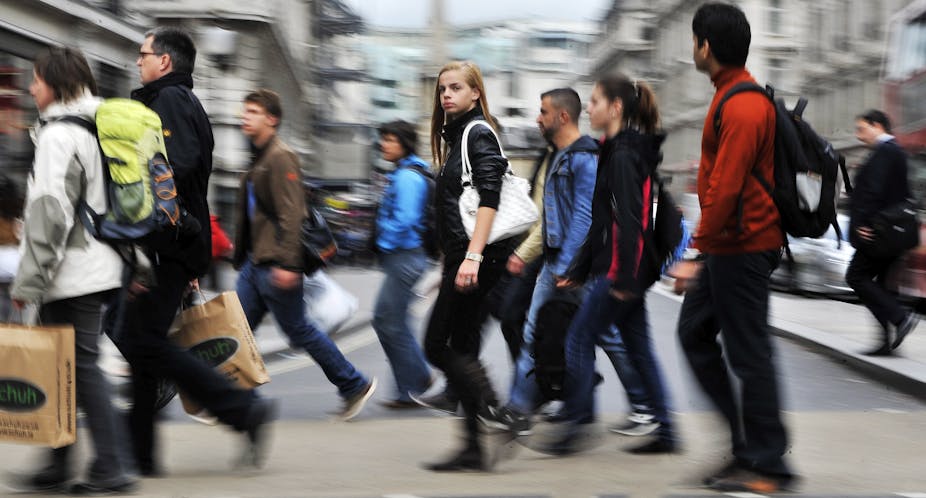Like fewer causalities on the road or at war, new data released on the number of 16 to 24 year olds not in education, employment or training (NEETs), was conveyed as good news in what is a bad situation.
The figures of 16 to 24-year-old NEETs in England between October and December 2013, show a decrease from the previous quarter when the total exceeded one million. However improved, the numbers are still bad news and show a systemic problem in our support and preparation for the independence for young people in England.

This must be seen in the light of the raising of the school leaving age to 17 from September 2013 and to 18 from September 2015. The education does not have to actually be in school, but can be through other vocational training programmes.
With the “September guarantee” whereby local authorities must offer “a suitable place in education or training, including in schools, colleges or work-based training”, this accounts for the lower numbers of NEET 16 and 17 year-olds. But questions remain over why they are this high.
The percentage of 16 to 18 year-old NEETs has fluctuated at around 9–10% since the mid 1990s, reduced to 7.6% by the slight and poorly developed policy moves to address this situation.
Personal and community tragedy
But the biggest concern must be for 19-24 year-olds, young adults one would have hoped are making their way in society, as voters, and as early career people with energy and optimism. Figures show that since statistics broken down in this way first appeared in 2008, 20% of these people remain unengaged in education employment or training. It is a personal and community tragedy.
Despite the fluidity of this population, which might go into and come out of the NEET category, there is a sense of neglect in making provisions for emerging young citizens, especially after they turn 18.
The scale of non-engagement in key activities in English society is hugely worrying for its implications on social cohesion. Crime and early pregnancies are disproportionately associated with this non-engagement and, though statistics are not available, mental health and family functioning are adversely affected.
This is a social justice issue. It is quite evident that areas that have suffered industrial decline have less to offer the young entering work or preparation for work. The new data confirms that NEETs are not spread evenly across the country. The highest rates follow the usual gradient, with the North East, North West and Yorkshire and Humberside faring worst at over 15% of 16–24 year-olds classed as NEETs. The South East has been least affected, with 10%.
Females are more likely to be NEET than male (15% compared with 13%). Some ethnic groups are more seriously affected, though the percentage of white young people classified as NEET exceeds that for black groups according to some analyses.
Though not referenced in the department of education’s statistics, those who have been classified as being eligible for free school meals are more than twice as likely to be NEETs and, as expected, those with poorer qualifications are more likely to be in this category.
Storing up social problems
The Equalities and Human Rights Commission has taken an interest in discrimination and employment and there are concerns about the unequal distribution of NEET status across the young population. Indeed, there have been government Public Service Agreements to set targets for the reduction in NEETs, targets which have quite clearly been missed.
There is very real resistance to welfare spending in the UK and an unwillingness to determinedly allocate resources to the least privileged to equip them or their children for upward mobility. England ranks poorly on international child poverty measures compared with other European countries, and is less generous in the sorts of financial transfers that would take families out of poverty. At school, children from poor families achieve less at every stage and emerge into the NEET challenge with declining support when they reach 18.
Remembering that unemployment rates among 25–49 year-olds are a little over 6% and for over 50 year-olds a little over 4% makes 17.2% for 19–24 year-olds look horrific. Left to the policy tinkering we currently experience, this situation is storing up economic and social problems for the near future, not to mention individual distress and marginalisation.

